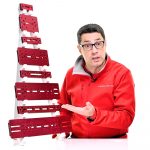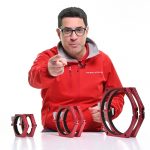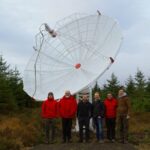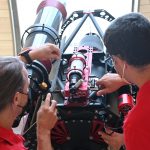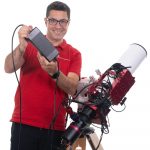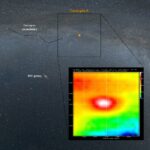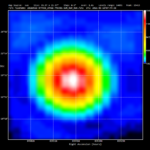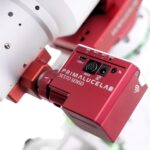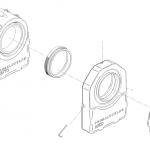
How to install ARCO on ESATTO focusers
If you want to install ARCO rotator on one of the ESATTO focusers, you have to add one of the many available optional adapters based on the models of ESATTO focuser and ARCO rotator you own. First of all please connect the optional adapter to the ESATTO focuser, by threading…

